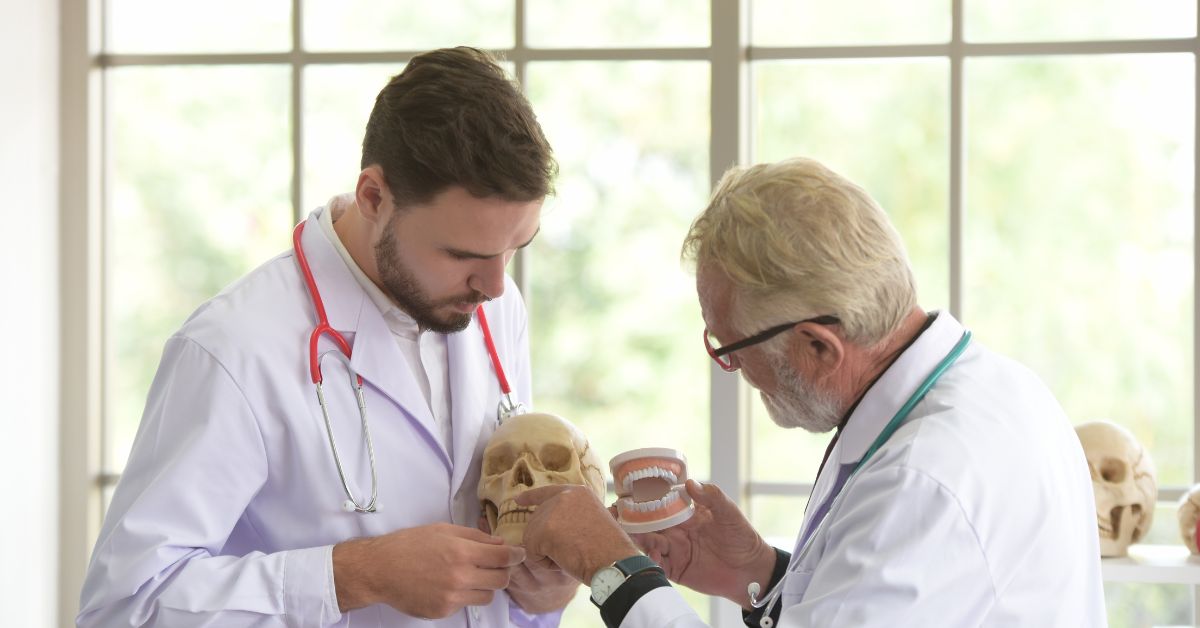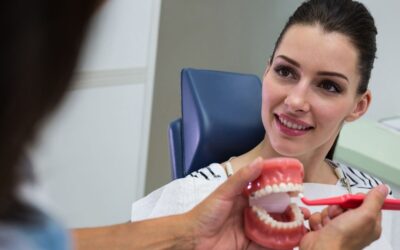Bone grafting is a common surgical procedure used to repair or replace damaged bones in the body, particularly when the bone is unable to heal on its own. But one important question people often ask is, Does bone graft dissolve? The answer is not as straightforward as it seems, as various types of bone grafts dissolve at different rates. Understanding the process, factors influencing graft dissolution, and the healing time required is crucial for anyone undergoing this procedure. In this article, we will delve into the different types of bone grafts, how they dissolve, and what this means for recovery and the body’s ability to regenerate bone tissue.
What is a Bone Graft?
Before answering whether a bone graft dissolves, it’s important to understand what a bone graft is. Essentially, a bone graft is a surgical procedure that involves transplanting bone tissue to repair or rebuild bones that are damaged or missing. Bone grafts can come from various sources, including:
-
Autografts: These are bone grafts taken from your own body, often from areas like the hip or shin.
-
Allografts: These are sourced from a cadaver, and they are sterilized and processed to make them safe for use.
-
Xenografts: These come from animals, usually cows or pigs.
-
Synthetic Grafts: These are made from synthetic materials designed to mimic natural bone and promote healing.
The specific type of graft used depends on several factors, including the size and location of the bone defect, the patient’s health, and the surgeon’s preferences.
How Bone Grafts Work in the Body
When a bone graft is placed into the body, the body reacts in several ways to integrate the new tissue into the existing bone structure. The process of bone healing and graft absorption involves the following steps:
-
Incorporation: Over time, the body starts integrating the new graft into the existing bone. This is facilitated by the presence of cells in the bone graft that stimulate new bone growth.
-
Ossification: During this phase, the graft begins to harden and turn into actual bone tissue, blending seamlessly with the body’s natural bone.
-
Dissolution: In the case of some grafts, especially synthetic and allografts, the graft material dissolves over time as the body forms its own bone tissue in its place.
Does Bone Graft Dissolve?
The short answer is yes, certain types of bone grafts dissolve, but it depends on the material used for the graft. Here’s how each type dissolves:
Autografts: The Body’s Own Bone
Autografts are harvested from your own body, usually from areas like the hip or leg. Since this bone is natural, it integrates quickly and doesn’t need to dissolve. Instead, it gradually transforms into new bone tissue, merging with the existing bone. It’s considered the gold standard because the body recognizes it as its own tissue.
-
Does it dissolve? No, it doesn’t dissolve in the typical sense. Over time, it heals and becomes part of the existing bone.
Allografts: Donor Bone Tissue
Allografts come from cadavers and are typically processed to remove any cells that could cause rejection. These grafts are mainly used when there’s not enough healthy bone available for an autograft. The body does not absorb allografts completely. Instead, it gradually replaces them with natural bone tissue.
-
Does it dissolve? Yes, over time, allografts break down as the body gradually replaces them with new bone.
Xenografts: Animal Bone
Xenografts come from animals, typically cows or pigs. They are processed and sterilized to prevent any diseases but can still function as a scaffold for bone growth. These grafts are not as widely used as autografts or allografts but are an option in certain situations.
-
Does it dissolve? Yes, xenografts eventually dissolve as the body replaces them with new bone tissue. However, the dissolution rate can vary depending on the material and the body’s healing process.
Synthetic Bone Grafts
Synthetic bone grafts are man-made materials designed to mimic the function of natural bone. These grafts are often made from materials like hydroxyapatite, tricalcium phosphate, or bioceramics. They are increasingly popular because they eliminate the risk of disease transmission and rejection.
-
Does it dissolve? Yes, synthetic bone grafts are designed to dissolve and be replaced by natural bone over time. The dissolution process varies depending on the material used.
Factors Influencing Bone Graft Dissolution
While the type of bone graft plays a significant role in its dissolution, several factors influence how quickly and effectively a graft dissolves:
-
Graft material: Different materials dissolve at different rates. Synthetic materials and allografts might dissolve faster than autografts.
-
Health of the patient: A patient’s overall health can influence how well and how quickly the body absorbs and replaces the graft. Conditions like diabetes or poor circulation can slow down the healing process.
-
Size and location of the graft: Larger grafts or grafts placed in areas that don’t get as much blood flow may take longer to dissolve and heal.
What Happens After a Bone Graft Dissolves?
After a bone graft dissolves, the body forms new bone tissue to replace the graft. This new bone is often a perfect replica of the natural bone that was damaged or missing. However, in some cases, a secondary graft may be required if the bone doesn’t regenerate fully.
FAQ:
How long does it take for a bone graft to dissolve?
The time varies, but it can take anywhere from a few months to a year for certain bone grafts to dissolve fully.
Do all bone grafts dissolve?
Not all of them. Autografts integrate with the existing bone without dissolving, but others like allografts and synthetic grafts are designed to dissolve.
Can I resume normal activities after a bone graft dissolves?
After the graft dissolves and new bone tissue has fully formed, you should be able to resume normal activities, but always follow your doctor’s recommendations for a safe recovery.
What are the risks of a bone graft not dissolving properly?
In rare cases, the graft may fail to integrate or dissolve, leading to infection, bone rejection, or failure of the healing process.
Are synthetic bone grafts better than natural ones?
Synthetic bone grafts have the advantage of avoiding disease transmission, but natural grafts like autografts often lead to better healing outcomes since they are the body’s own tissue.
Warp It UP
bone grafts do dissolve, but the rate at which this occurs depends on the type of graft used. Autografts, which come from your own body, don’t dissolve but integrate into your existing bone. Allografts, xenografts, and synthetic grafts dissolve over time as the body replaces them with its own natural bone tissue. The speed and effectiveness of this process are influenced by factors like the type of graft, the patient’s health, and the size and location of the graft. Understanding how bone grafts dissolve can help patients set realistic expectations for their recovery and ensure they make informed decisions about their bone healing journey.



